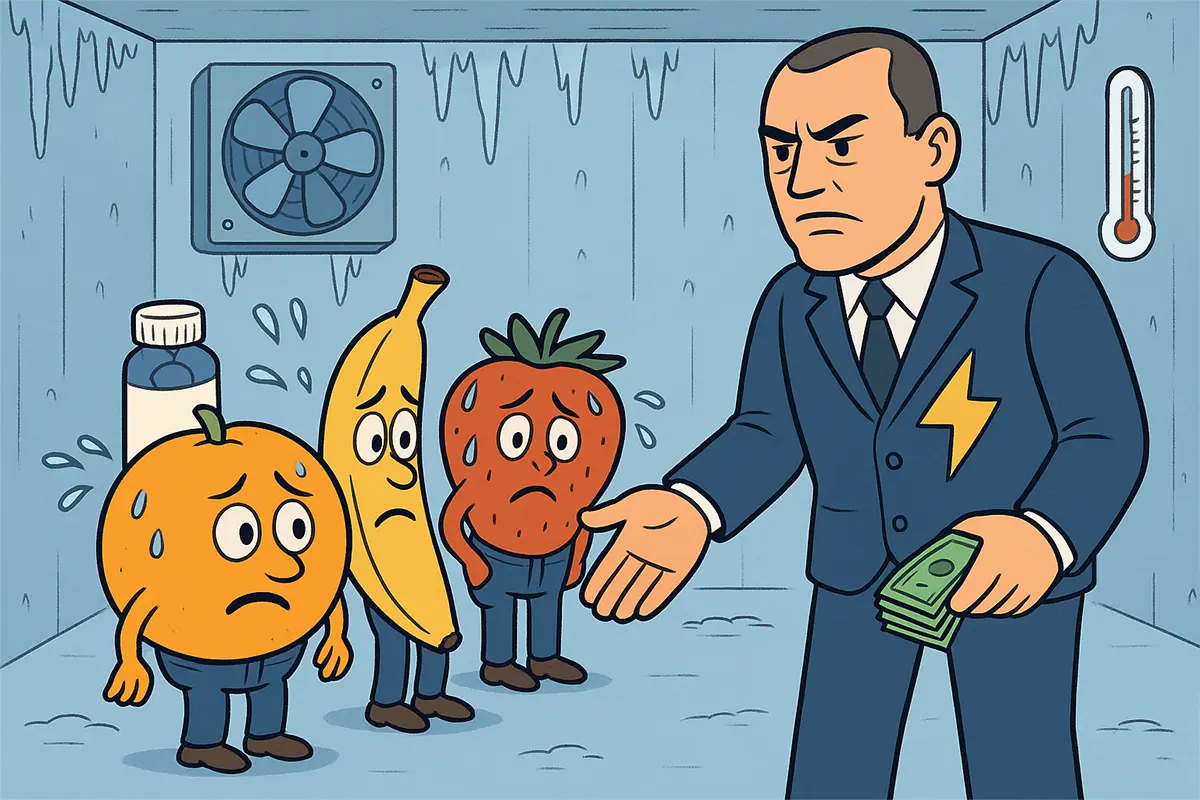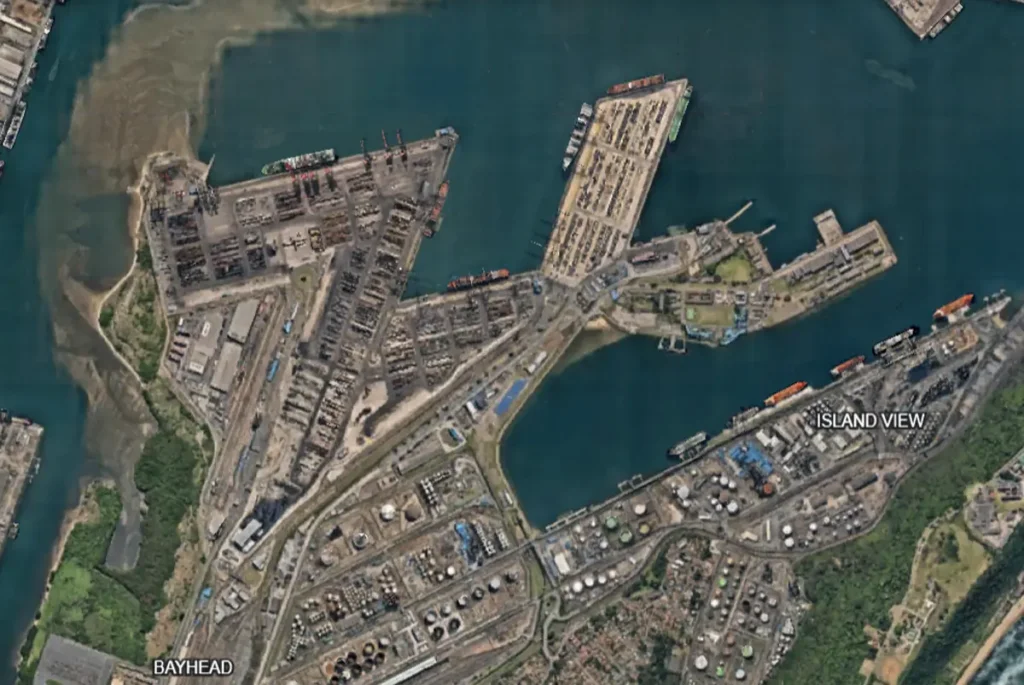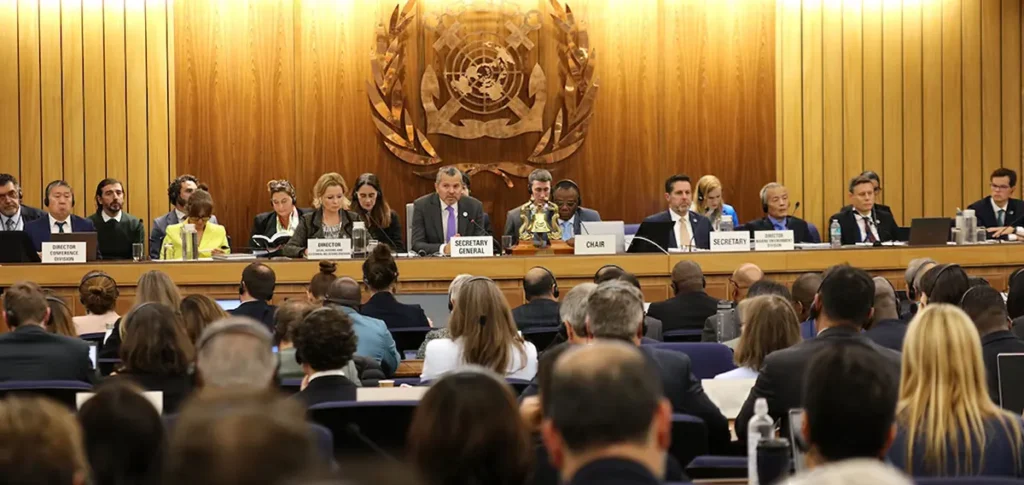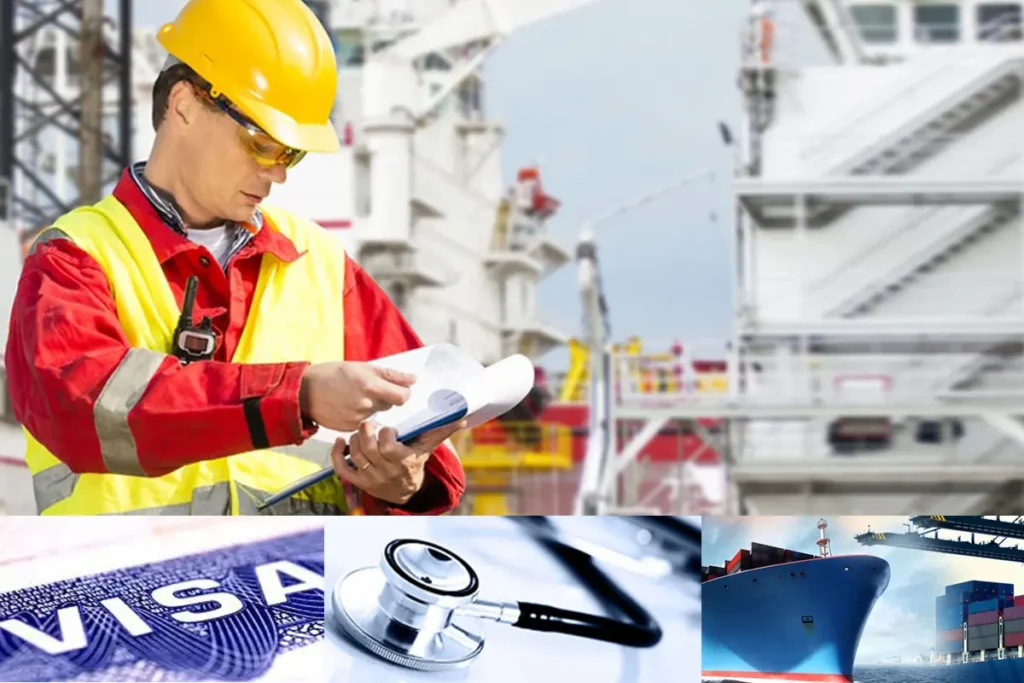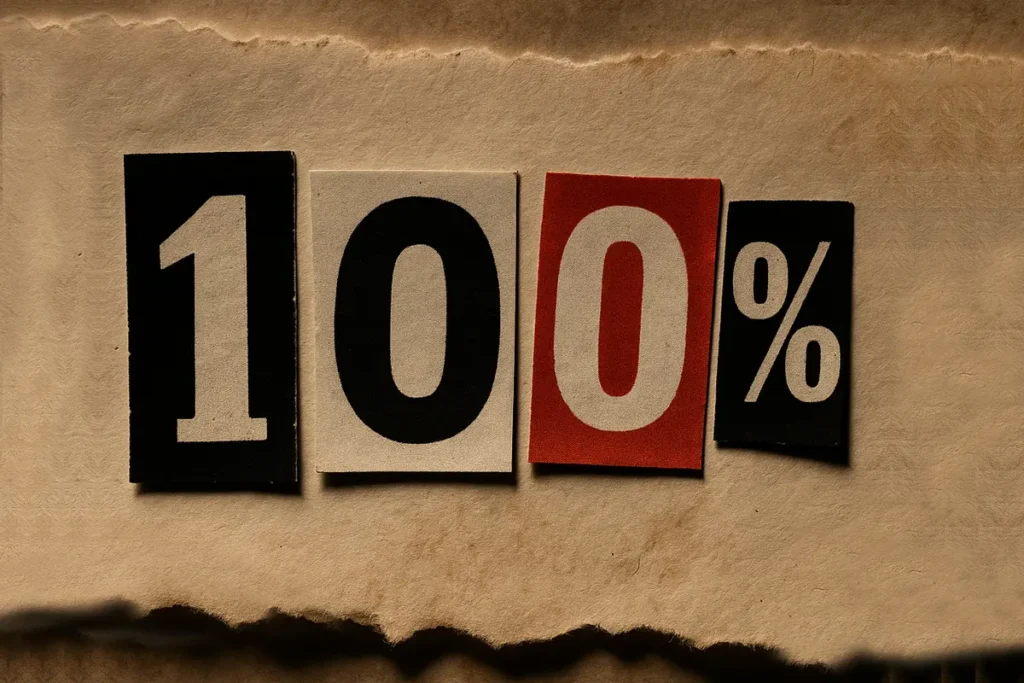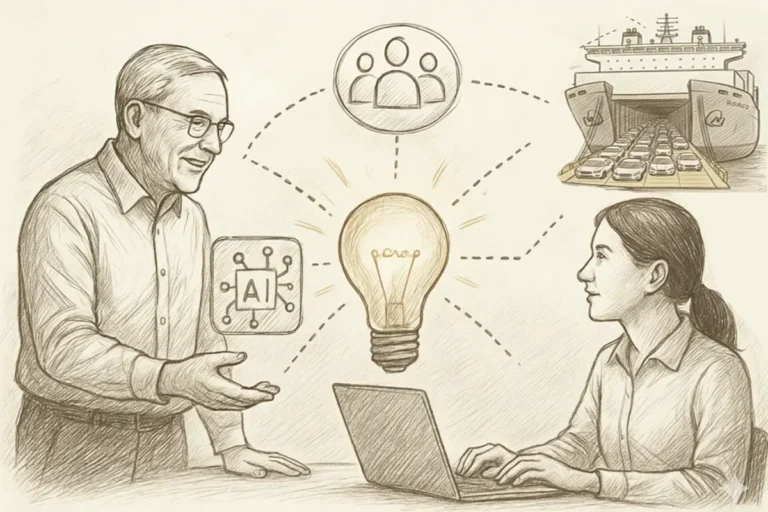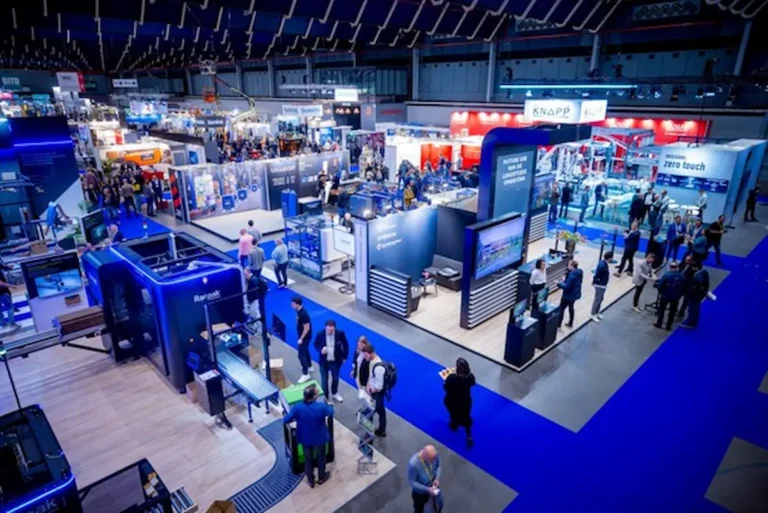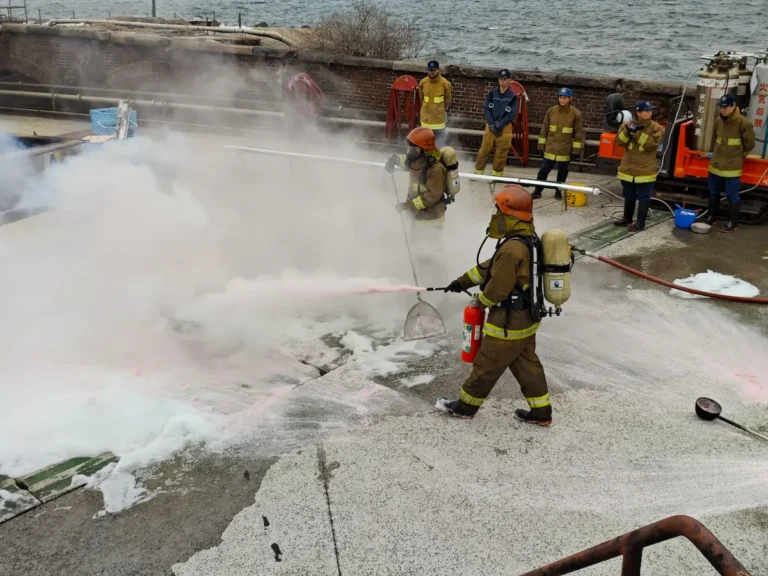The cold chain is critical to many high-value industries, like food and pharmaceuticals, but it is facing a worrying challenge. Energy prices keep rising, making refrigerated shipping a less cost-effective operation for logistics organizations.
Supply chains cannot abandon cold chain technology, as it is the only way to safely transport many goods with limited shelf lives. The practice will doubtlessly adapt in response to this growing concern, and the shift is already starting to take place.
Industrial Energy’s Price Hikes Over Time
Between 2015 and 2020, industrial energy prices remained relatively stable, fluctuating between $6.67 and $6.92 per kilowatt-hour, but things changed after the COVID-19 pandemic. The cost-per-kilowatt-hour shot up to $7.18 in 2021 and again to $8.32 in 2022. While they have come down from that peak, electricity has remained above $8 per kilowatt-hour for the past three years.
So far in 2025, industrial electricity has hovered around $8.27 per kilowatt-hour — its highest point since 2022. Geopolitical tensions from tariffs and the conflict in Ukraine may continue to affect natural gas supplies, too, potentially leading to higher costs. Coal supply constraints may pose similar challenges.
Energy demand is also rising. Even outside the cold chain, global electricity consumption is on an upward trajectory amid growing digitalization efforts, EV adoption and artificial intelligence (AI) growth. Consequently, even if supplies remain consistent, demand may push prices higher, raising the already expensive cost of refrigerated shipping.
How Cold Chain Operations Are Responding
Amid these financial challenges, some businesses have begun to adjust their cold chain operations. These trends may dictate the industry’s future.
Higher Temperature Limits
One of the biggest shifts to emerge in response to this obstacle is the “move to minus 15” movement. In 2023, logistics company DP World founded The Move to -15°C Coalition after a study found that a three-degree increase can save up to 12% in energy consumption. Since then, several other agencies have joined the group.
While -18 degrees Celsius has been the industry standard for frozen transport for decades, recent research suggests it may be unnecessary. At three degrees higher, food shows no change in safety or quality, offering a chance to reduce electricity demand without sacrificing cold chain integrity.
As promising as this adjustment seems, it still poses some risks. Some equipment, especially older refrigeration units, may be unable to maintain consistent temperatures, so raising the threshold could introduce too much heat if conditions vary enough. Some pharmaceuticals and frozen foods also require even lower temperatures to maintain efficacy or texture, making them unsuitable for this approach.
Renewable Energy
Another solution is to equip reefer containers with solar panels. While these options incur extra upfront costs, they can make up for it over time by reducing ongoing energy expenses.
Renewable energy minimizes dependence on the grid, so companies do not have to buy as much power from utility providers. Similarly, it avoids the fuel costs of options with built-in generators. In addition to lowering cold chain emissions, generating their own electricity means refrigeration units have far lower ongoing costs, which decreases the concern of fluctuating energy prices.
Green power at docks, loading stations and other supply chain stops can provide similar benefits. Wind and solar installations can provide these facilities with grid-free electricity to recharge refrigerated containers between voyages, keeping things cool without paying volatile utility bills.
Real-Time Technologies
Internet of Things (IoT) connectivity is another promising option. Devices that monitor real-time conditions and adjust refrigeration units accordingly prevent energy waste while maintaining optimal temperatures. This can result in lower costs.
A consumer-grade smart thermostat can reduce home cooling bills by 8% by avoiding electricity waste. Applying the same concept to a fleet’s worth of reefer containers could produce considerable savings. The IoT’s real-time functionality and precision could also solve the issue of temperature fluctuations when using a higher temperature, enabling even further savings.
IoT devices can also alert relevant stakeholders to emerging maintenance issues, enabling proactive fixes. Embracing this repair method ensures refrigeration systems remain in optimal condition for longer stretches, leading to less energy waste and, thus, lower ongoing costs.
The Cold Chain Must Adapt as Conditions Change
The demand for the cold chain is not going away, but rising energy prices warrant a strategic shift. Which method or mix of approaches the industry embraces going forward is still uncertain, but supply chain organizations should consider how they could implement all methods, if not one or two. Early, informed adaptation is key to long-lasting success.

